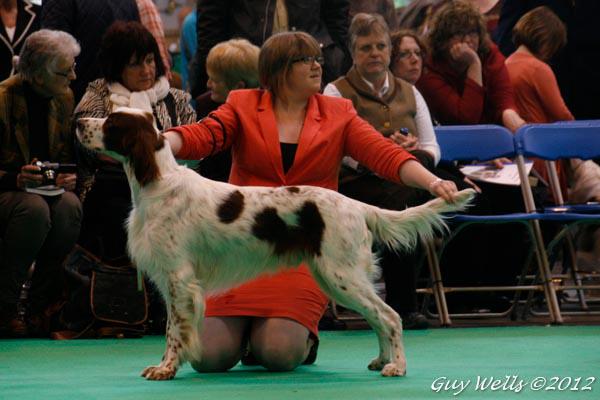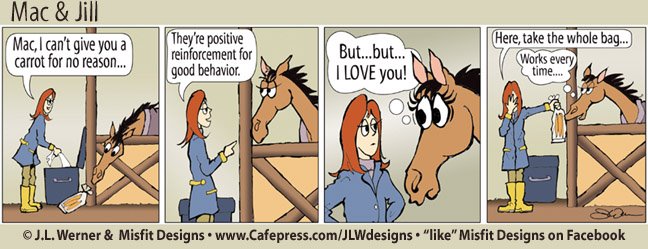Standing in line
When in a class, everyone will be in a line/queue. Here are a few pointers to remember when you are standing in a line with all other handlers.
Firstly, work out where your dog prefers to be in the line and try to get to that position. Some dogs show better if they are first, others are better going last. In mixed breed classes, normally the table dogs go to the front. However, some judges will ask for the smaller dogs to be at the end of the line so always listen for instructions from either the judge or steward upon entry into the ring.
When standing your dog in the line always leave yourself room in front, approximately 2 meters. This is your escape route if the handler behind you crowds you. If you find yourself too crowded you have a number of options;
- If they have room politely ask the handler behind to move back.
- Move to the end of the line.
- Ask the steward if they can move people back.
Always try to keep in line with the dogs in front of you. If you stand back towards the edge of the ring you appear shy and reserved.
If you stand too far forward you will appear to be pushy and forcing yourself on the judge.
Also, avoid getting boxed into a corner where your dog could get obscured from the judge’s vision. In this instance, either start a new line or show your dog across the corner.
Wherever you are in the line, ensure your dog is stood when the judge is looking at him. Always keep one eye on the judge and one on the dog at all times, checking that you dog hasn’t moved and nor has the judge. You always want the judge to be seeing your dog at his very best.





